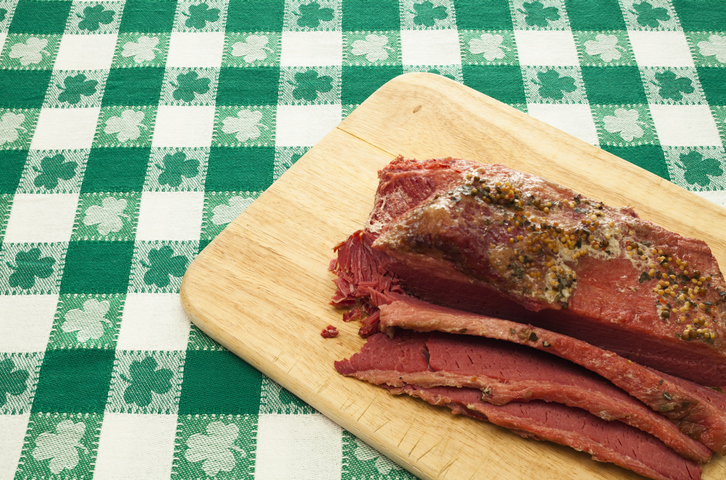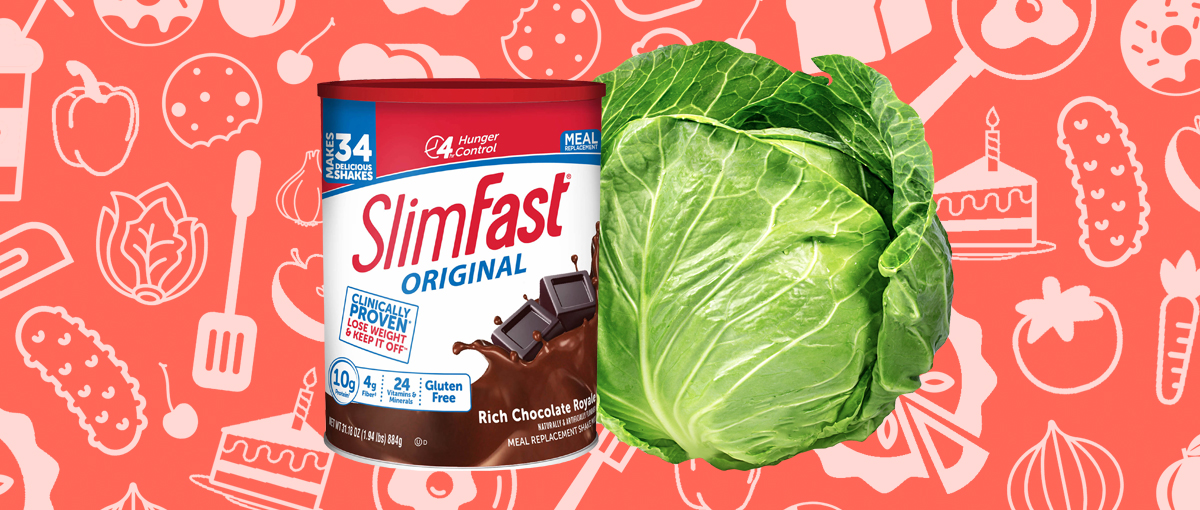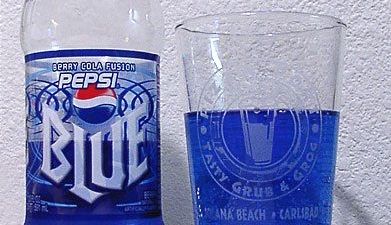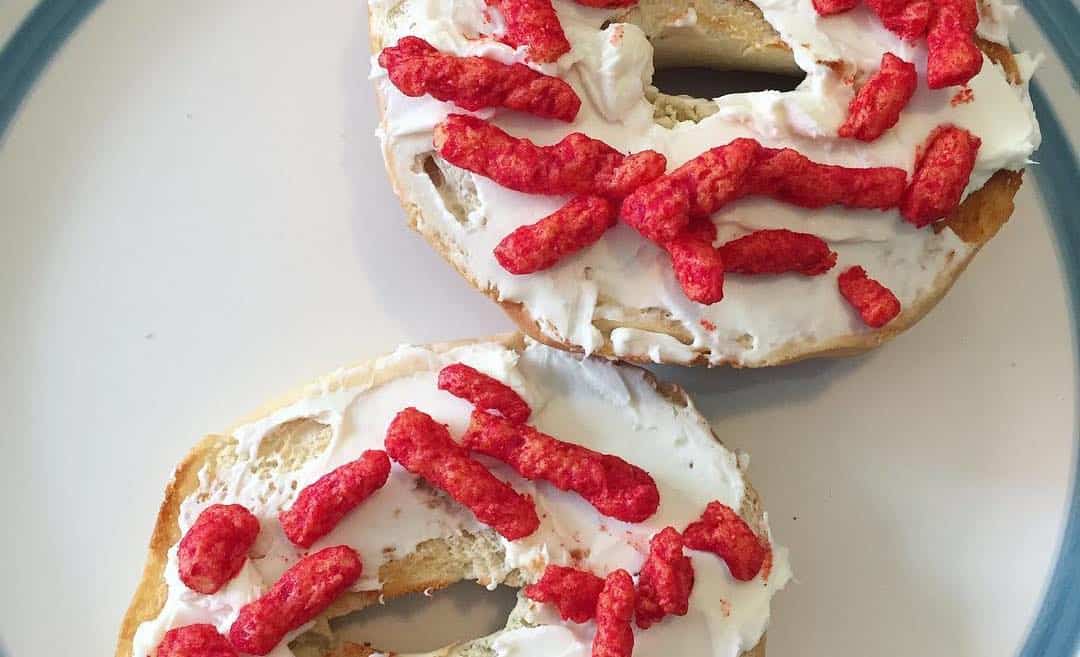Valentine’s Day is officially over, which means one thing: it’s time to start getting ready for St. Patrick’s Day. Every year, as St. Patty’s Day looms near, grocery stores and restaurants and markets all over start to promote everyone’s favorite Irish foods: corned beef and cabbage, Irish soda bread, and of course, tons of Guinness beer specials. Because at some point, the true meaning of St. Patrick’s Day got lost (it’s actually a really religious holiday!), and it’s now all about eating as much as you can and drinking even more. St. Patrick’s Day in the United States means wearing green, putting shamrocks everywhere, and feasting on corned beef.
Except there’s one problem… there’s actually a weird truth behind the St. Patrick’s Day dinner favorite that may completely rock your world. Like, it could totally change the way you think about and celebrate this holiday. It’s actually kind of a bummer. So, if you don’t want to hear an uncomfortable truth about this meal, you’ve been warned now. But if you want to know the facts, here they are.
As it turns out, in Ireland, people don’t celebrate St. Patty’s Day by eating corned beef.

Seriously. You won’t find corned beef and cabbage on the menu at any St. Patrick’s Day celebration in Ireland, because corned beef is really unpopular there.

The Smithsonian says this has to do with Ireland’s relationship with beef in general. Back in the day, cattle in Ireland were used for their strength and the milk they produced — not for beef. In Gaelic Ireland, cows were a symbol of wealth and a sacred animal, so they were only killed for meat if they were too old to work or produce milk. This meant that beef wasn’t a part of everyone’s diet, and was instead only for the wealthy or for celebrations.
Because of this, the beef was preserved by being salted with sea ash. Pork and any meat from pigs was more popular. That’s what their diet was like until England came in and took over, which is when beef production really began. The English loved beef and started herding cattle from Ireland to England.
It wasn’t until the Cattle Acts of 1663 and 1667 that the corned beef industry got going. The acts prohibited the export of live cattle to England, so suddenly, Ireland was flooded with beef. In the 17th century, the name “corned beef” was used to describe the salt crystals used to cure the meat, because they were as big as corn kernels. Irish corned beef became extremely popular, and they were soon supplying all of Europe and America with it.
So what was the problem? Irish people couldn’t afford the corned beef for themselves.
I don’t like corned beef either... but that’s not Irish, it’s Irish-American.
— Billy Flanagan (@waflanagan) February 12, 2019
Even though it was really popular everywhere else, oppressive laws from England meant the Irish people could barely afford beef at all. And at the end of the 18th century, when other countries started making corned beef, the demand went down, and around that time, the Great Famine began. So, it just has a weird history!

The corned beef we eat today is actually Jewish corned beef.
Corned beef with cabbage and potatoes stems from the Jewish population in New York City who made corned beef with brisket.
Irish-American immigrants were the ones who associated corned beef with St. Patty’s Day. The Irish tended to live near the Jewish population, and so for St. Patrick’s Day, they would splurge on the Jewish corned beef. That’s how it eventually became associated with the holiday.
But the popularity of corned beef on St. Patrick’s Day never made it to Ireland.

In Ireland, they celebrate the holiday with lamb or bacon. St. Patty’s Day was always very religious there, and up until 1970, the pubs were closed by law in Ireland on that day. Most of the things we do for St. Patrick’s Day are Irish-American traditions, not Irish.

Oh, and green beer isn’t a thing in Ireland either.
That is totally American, and if you do see it in Ireland, it’s a tourist trap. They just drink regular beer!

Today, there are parades in Ireland for St. Patrick’s Day.
But that was another tradition that was started in the United States — the first St. Patty’s Day parade happened in New York City in 1766. In 1995, the Irish government started holding a parade in Dublin to boost tourism, and it became a 5-day festival.

So, now you know. Your St. Patrick’s Day tradition is actually an American one.








